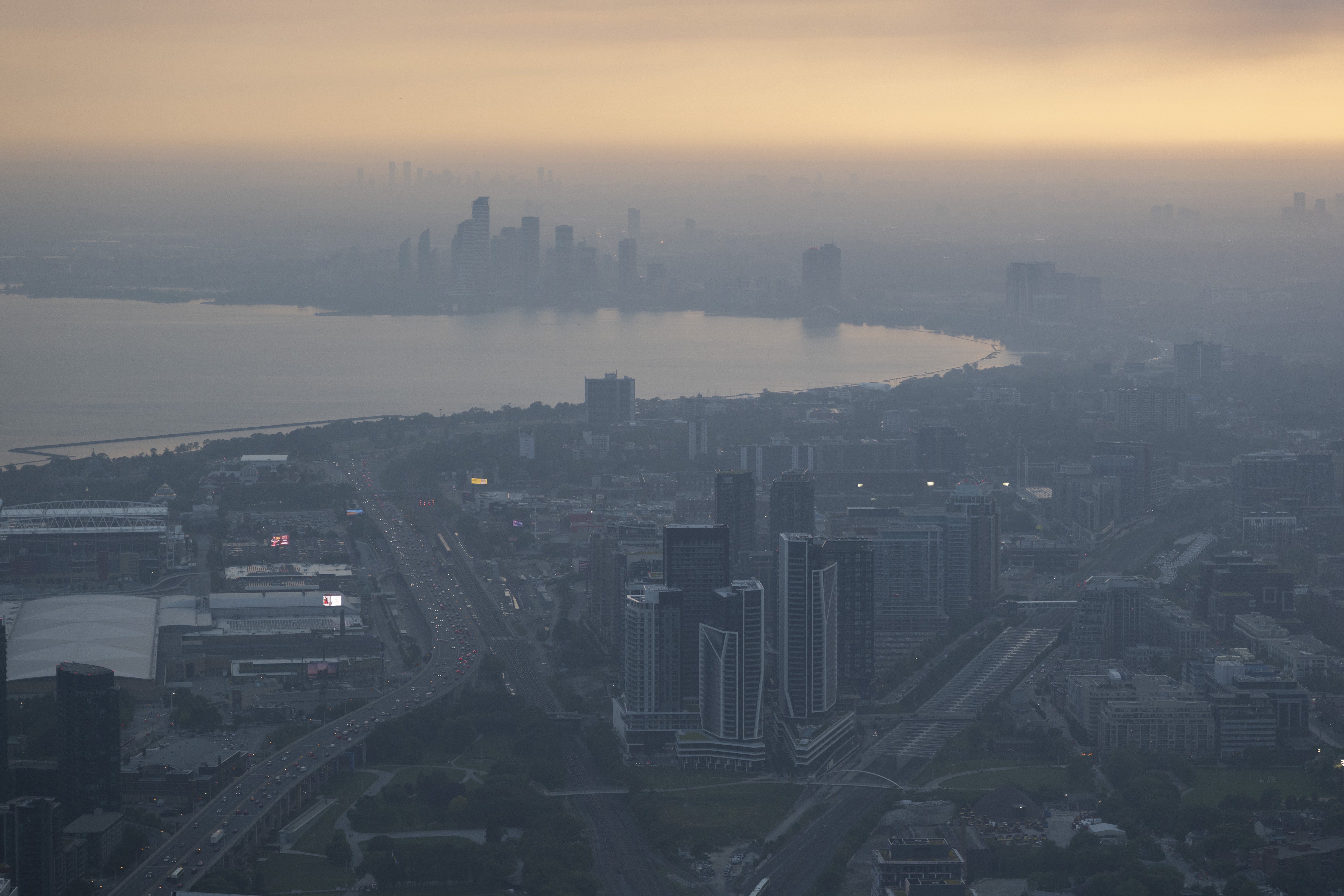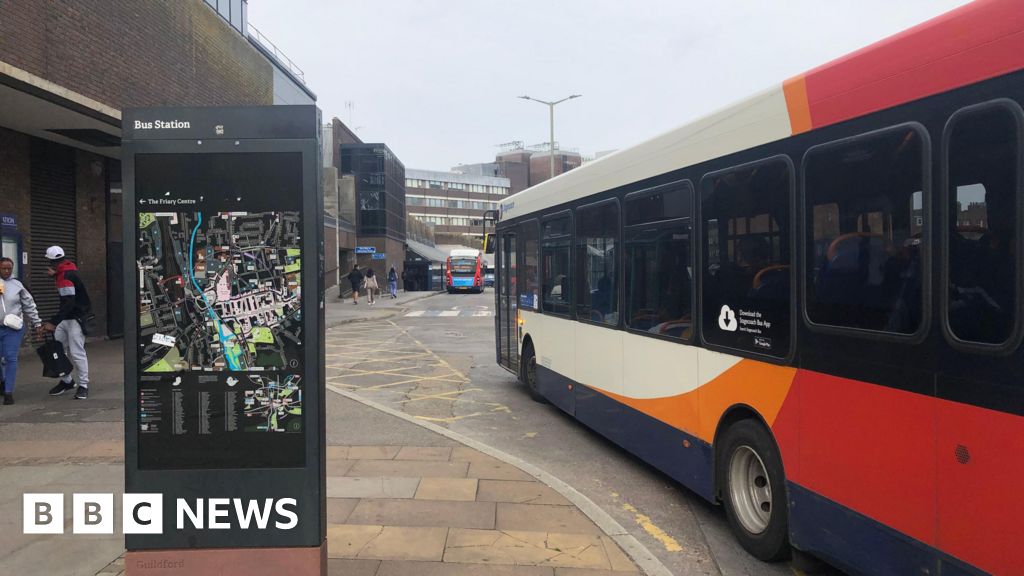Minneapolis Air Quality Alert: Canadian Wildfire Smoke – IQAir

Report on Air Quality Degradation in Minneapolis and Surrounding Regions
Executive Summary
On July 25, 2025, the city of Minneapolis, Minnesota, experienced a severe degradation in air quality, positioning it as the fourth most polluted major city globally. This event was primarily caused by smoke from extensive wildfires in Canada. The incident highlights significant challenges to public health and urban sustainability, directly impacting the progress toward several United Nations Sustainable Development Goals (SDGs).
Analysis of Air Quality Deterioration
A rapid decline in air quality was observed over a 24-hour period. On the morning of July 24, Minneapolis’s air quality was rated as “good.” By the evening and into July 25, propelled by winds carrying wildfire smoke southeast, the air quality index (AQI) shifted into “unhealthy for sensitive groups” and “unhealthy” categories. A forecast indicated potential improvement later on July 25.
Implications for Sustainable Development Goals (SDGs)
This air quality crisis underscores the interconnectedness of environmental health and global development targets. The event directly relates to the following SDGs:
- SDG 3: Good Health and Well-being: The influx of pollutants poses immediate risks to respiratory and cardiovascular health, challenging the goal of ensuring healthy lives for all urban inhabitants, especially vulnerable populations.
- SDG 11: Sustainable Cities and Communities: The event compromises the safety and environmental quality of the urban area, undermining the objective to make cities and human settlements inclusive, safe, resilient, and sustainable. Access to clean air is a fundamental component of a sustainable community.
- SDG 13: Climate Action: The wildfires, exacerbated by climate trends, are a direct manifestation of the need for urgent climate action. This incident serves as a critical reminder of the cascading environmental impacts resulting from climate change.
- SDG 15: Life on Land: The source of the pollution—large-scale wildfires burning across Saskatchewan, Manitoba, and Ontario—represents a significant degradation of terrestrial ecosystems, forests, and biodiversity, directly contravening the targets of SDG 15.
Geographical Scope and Official Advisories
The impact of the wildfire smoke was not confined to Minneapolis. Air quality alerts were issued by the U.S. National Weather Service for extensive areas, affecting multiple cities and states.
Affected Regions
- Minnesota (entire state)
- Wisconsin (most of the state)
- Michigan (most of the state)
Recommended Protective Actions
In response to hazardous air quality, citizens are advised to take protective measures to mitigate health risks and support community well-being, in line with SDG 3.
- Monitor real-time air quality data through official sources.
- Limit outdoor activities, especially strenuous exertion.
- Keep windows and doors closed to maintain safe indoor air quality.
- Utilize high-efficiency particulate air (HEPA) purifiers indoors.
- If outdoor exposure is necessary, wear a high-quality respiratory mask (e.g., N95 or P100).
SDGs Addressed in the Article
SDG 3: Good Health and Well-being
- The article directly addresses health concerns related to air quality. It mentions that the air quality in Minneapolis is in the “unhealthy for sensitive groups” and “unhealthy” ranges. This highlights the immediate health risks posed by air pollution, which is a core component of SDG 3. The final section, “How can I protect myself from poor air quality?”, further emphasizes the connection to personal health and well-being.
SDG 11: Sustainable Cities and Communities
- The focus of the article is on the air quality within a specific urban area, Minneapolis, and its comparison to other major cities worldwide (“Minneapolis, Minnesota is the most 4th most polluted major city in the world”). It also discusses the impact on other cities in Michigan, Minnesota, and Wisconsin. This directly relates to the goal of making cities and human settlements inclusive, safe, resilient, and sustainable, with a particular focus on environmental quality.
SDG 13: Climate Action
- The source of the pollution is identified as “wildfire smoke from fires in northern Canada.” Large-scale wildfires are increasingly recognized as a climate-related hazard. The article discusses the transboundary nature of this hazard, affecting multiple states and countries, and mentions the issuance of an “air quality alert,” which is a form of adaptive measure to a climate-related event.
SDG 15: Life on Land
- The article states that “numerous wildfires burning across northern Canada” are the cause of the poor air quality. These wildfires represent a significant threat to forests and terrestrial ecosystems. This connects to the goal of protecting, restoring, and promoting the sustainable use of terrestrial ecosystems and sustainably managing forests.
Specific SDG Targets Identified
Target 3.9: By 2030, substantially reduce the number of deaths and illnesses from hazardous chemicals and air, water and soil pollution and contamination.
- The article’s entire premise is based on the health risks of air pollution. The classification of air quality as “unhealthy” and the specific mention of risks for “sensitive groups” directly align with the goal of reducing illnesses from air pollution.
Target 11.6: By 2030, reduce the adverse per capita environmental impact of cities, including by paying special attention to air quality…
- The article’s central theme is the measurement and reporting of urban air quality. By ranking Minneapolis as the “4th most polluted major city,” it is explicitly addressing the adverse environmental impact of the city concerning its air quality.
Target 13.1: Strengthen resilience and adaptive capacity to climate-related hazards and natural disasters in all countries.
- The issuance of an “air quality alert for the entire state of Minnesota and for most of Wisconsin and Michigan” by the U.S. National Weather Service is a direct example of an early warning system designed to help populations adapt to a climate-related hazard (wildfire smoke).
Target 15.2: By 2020, promote the implementation of sustainable management of all types of forests, halt deforestation, restore degraded forests and substantially increase afforestation and reforestation globally.
- The mention of “numerous wildfires burning across northern Canada” implies a failure in or overwhelming of sustainable forest management practices, leading to forest degradation, which this target aims to prevent.
Indicators Mentioned or Implied
Indicator for Target 3.9 & 11.6: Air Quality Index (AQI) and Particulate Matter Levels
- The article uses the Air Quality Index (AQI) as its primary metric, with specific categories like “good,” “unhealthy for sensitive groups,” and “unhealthy.” The world ranking of polluted cities provided by IQAir is based on measurements of fine particulate matter (PM2.5), which is the basis for Indicator 11.6.2 (Annual mean levels of fine particulate matter in cities). The AQI levels serve as a real-time proxy for the health risks addressed in Indicator 3.9.1 (Mortality rate attributed to… ambient air pollution).
Indicator for Target 13.1: Existence of Early Warning Systems
- The article explicitly states, “There is an air quality alert for the entire state of Minnesota and for most of Wisconsin and Michigan, according to the U.S. National Weather Service.” This alert system is a direct, tangible indicator of adaptive capacity and disaster risk reduction strategies in place, which relates to Indicator 13.1.2 (Number of countries that have adopted and implemented national disaster risk reduction strategies).
Indicator for Target 15.2: Area of Forest Affected by Wildfires
- While not providing a specific number, the article implies this indicator by stating there are “numerous wildfires burning across northern Canada.” The existence and scale of these fires are a direct measure of forest degradation and a challenge to sustainable forest management. The “AirVisual air quality map” mentioned in the article is used to visualize the extent of these fires and their smoke, serving as a proxy indicator for the affected land area.
Summary of SDGs, Targets, and Indicators
| SDGs | Targets | Indicators |
|---|---|---|
| SDG 3: Good Health and Well-being | 3.9: Substantially reduce illnesses from air pollution. | Air Quality Index (AQI) levels mentioned as “unhealthy” and “unhealthy for sensitive groups.” |
| SDG 11: Sustainable Cities and Communities | 11.6: Reduce the adverse per capita environmental impact of cities, paying special attention to air quality. | Ranking of Minneapolis as the “4th most polluted major city in the world,” based on air quality measurements (PM2.5). |
| SDG 13: Climate Action | 13.1: Strengthen resilience and adaptive capacity to climate-related hazards. | Issuance of an “air quality alert” by the U.S. National Weather Service as an early warning system. |
| SDG 15: Life on Land | 15.2: Promote sustainable management of all types of forests and halt deforestation. | The existence of “numerous wildfires burning across northern Canada” as an indicator of forest degradation. |
Source: iqair.com

What is Your Reaction?
 Like
0
Like
0
 Dislike
0
Dislike
0
 Love
0
Love
0
 Funny
0
Funny
0
 Angry
0
Angry
0
 Sad
0
Sad
0
 Wow
0
Wow
0










































































